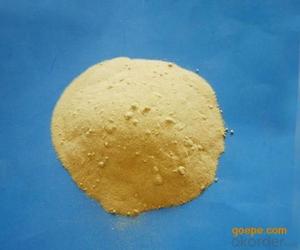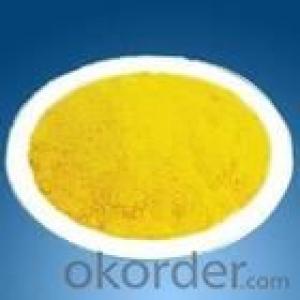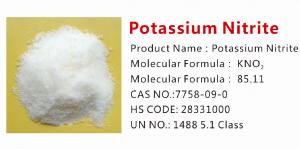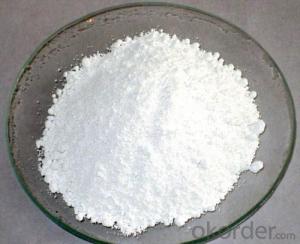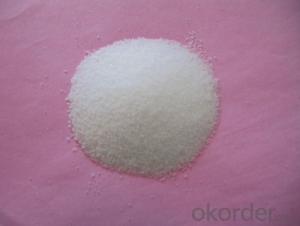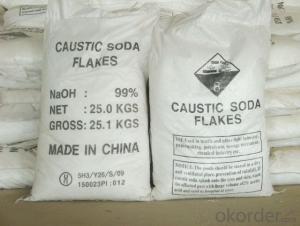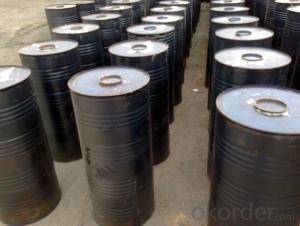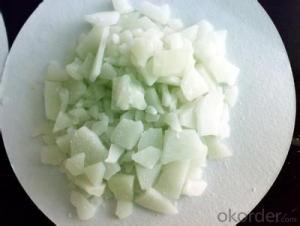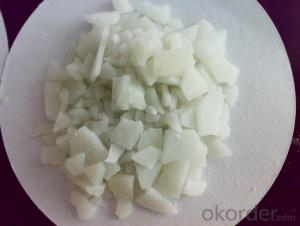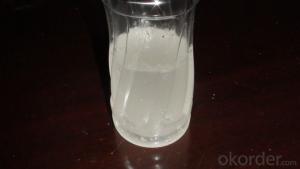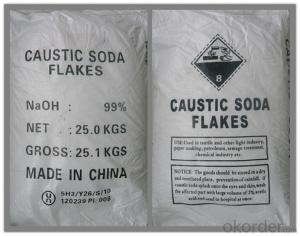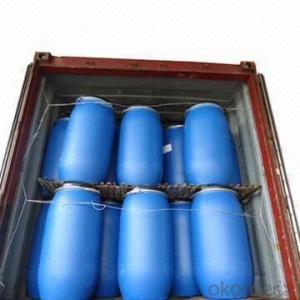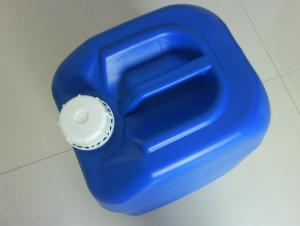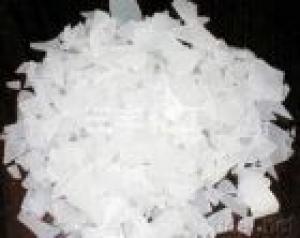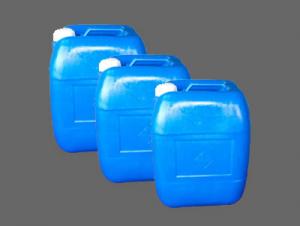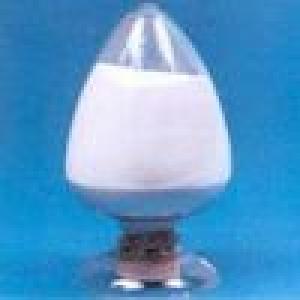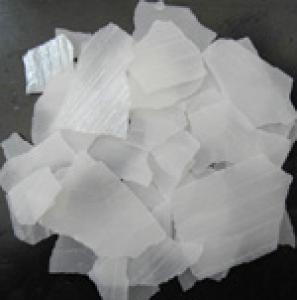BV TEST POLYFERRIC SULFATE
- Loading Port:
- China Main Port
- Payment Terms:
- TT OR LC
- Min Order Qty:
- -
- Supply Capability:
- -
OKorder Service Pledge
Quality Product, Order Online Tracking, Timely Delivery
OKorder Financial Service
Credit Rating, Credit Services, Credit Purchasing
You Might Also Like
Packaging & Delivery
| Packaging Detail: | packing:solid plastic woven bag, bag 25Kg. Net weight 200Kg plastic barrels of liquid |
| Delivery Detail: | PROMPT SHIPMENT |
Specifications
Polyferric sulfate
1. CAS No. 10028-22-5
2. Widely used in domestic water, industrial water, industrial wastewater
- Q: How to get an inorganic salt
- Inorganic salts are salts of inorganic compounds, formerly known as minerals. Plant growth needs N, P, K three elements and Ca, Zn, B, Mg, S, Fe and other trace elements. Depending on the type and amount of inorganic salts required for plant life, the water and various proportions of inorganic salts are scientifically formulated into plant nutrient solutions. The method of cultivating plants with plant nutrient solution is called soilless cultivation. The inorganic salts used to prepare the nutrient solution are generally not available for extraction, such as potassium nitrate, calcium nitrate, magnesium sulfate, potassium dihydrogen phosphate, copper sulfate, zinc sulfate and the like, and the reagent may be a chemical fertilizer. The purity of the reagent is high and the impurities of the fertilizer are more. If you can not get it, you can use soil leaching solution (fertile soil plus fresh water, the liquid obtained after filtration), which generally contains a variety of inorganic salts.
- Q: What is the difference between chemical monomer and elemental
- The chemical monomer is a low molecular weight compound used to synthesize the polymer, which is a diluent in UV, which belongs to a reactive diluent and is capable of participating in film formation and has a significant effect on the properties after curing.
- Q: Which crop feet can provide C N inorganic salts for fungal growth
- Plant growth requires a variety of inorganic salts, which require the most is nitrogen, phosphorus, potassium containing inorganic salts. If a lack of some inorganic salts, plants can not grow normally. Kind of crops need fertilization, farm manure contains organic matter, the microbial decomposition of the soil will produce a large number of inorganic salts for plant growth and utilization, the role of fertilizer is to provide a variety of plant growth of inorganic salts. Therefore, in agricultural production, the application of fertilizer and farm manure is intended to provide a variety of inorganic salts for crops.
- Q: Diamond, graphite is a simple element?
- Diamond, graphite are crystalline elemental carbon
- Q: List the major electrolytes released by inorganic salts when placed in water and explain how these electrolytes are needed for metabolic reactions.
- Which "inorganic salts" are you talking about? There are hundreds!
- Q: Give some examples, say clearly, thank you! ~
- As long as it is proved that the presence of H + can be proved to be acid such as phenolphthalein reagent, or react with Zn particles with H2
- Q: Is all the inorganic salts in the body related to life activities?
- Sugar is the most important material for the human body, all the activities of the human body, including learning, walking, digestion and breathing, etc., which are the most important substances in the human body. Consumption of energy (about 70%) mainly from the carbohydrates, fat is the body of the energy material, the protein is the basic material of human cells, but also to provide energy, vitamins are neither the main raw material of the organization, nor the supply of energy Material, but it has an important role in the life activities of the human body; inorganic salts constitute an important raw material of human tissue, water is the main component of cells. Which protein, sugar, fat, vitamins can burn for organic matter, and water, inorganic salts can not burn as inorganic.
- Q: Effects of Minerals on Plants
- Root absorption of mineral elements is based on cell uptake. But the root of the absorption of mineral elements has its own characteristics. First, the roots of salt and water relative absorption. As the root of the salt and water absorption mechanism is different, the absorption is disproportionate. The second is that the root system is selective for the absorption of mineral elements. That is, some of the absorption of some ions, while the absorption of some ions with little or no absorption. The third is that single salt poison and ion confrontation. The general cationic toxic effect is obvious, the anion toxic effect is not obvious. In the single salt solution if adding a small amount of other valence of different metal ions in the salt, single salt poisoning phenomenon will be reduced or disappeared. This effect of ions is called ion confrontation. Generally in the periodic table of different groups of metal elements between the ions will have a confrontation. Plants as long as a certain concentration, a certain proportion of a variety of salt mixture in order to normal growth, this solution is called the balance solution. In the fertilization should be very careful.
- Q: My body fat rate 14.6 normal body fat percentage 31.2 is more than the normal value I do not know the difference between the two please God answer ah Thank you very grateful and then those elements of my lack of God is the situation ah I love meat is not a vegetarian! And I super love to eat eggs! And my super love to drink water!
- I am also a little lower inorganic salt so point, the coach said that usually drink some salt. Protein and water are low can only explain a problem, have a good fat under the conversion.
- Q: The difference between the ignition of inorganic salts and organic matter
- Sodium is the main ingredient of salt. China Nutrition Society recommended adults over the age of 18 sodium suitable for daily intake of 2.2 grams, the elderly should take light food. Sodium is commonly found in a variety of foods, the main source of sodium sodium, soy sauce, pickled food, smoked food, salty food.
Send your message to us
BV TEST POLYFERRIC SULFATE
- Loading Port:
- China Main Port
- Payment Terms:
- TT OR LC
- Min Order Qty:
- -
- Supply Capability:
- -
OKorder Service Pledge
Quality Product, Order Online Tracking, Timely Delivery
OKorder Financial Service
Credit Rating, Credit Services, Credit Purchasing
Similar products
Hot products
Hot Searches
Related keywords
